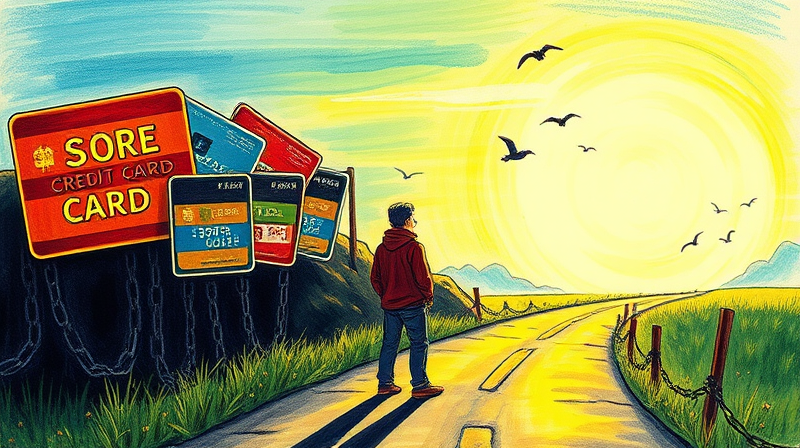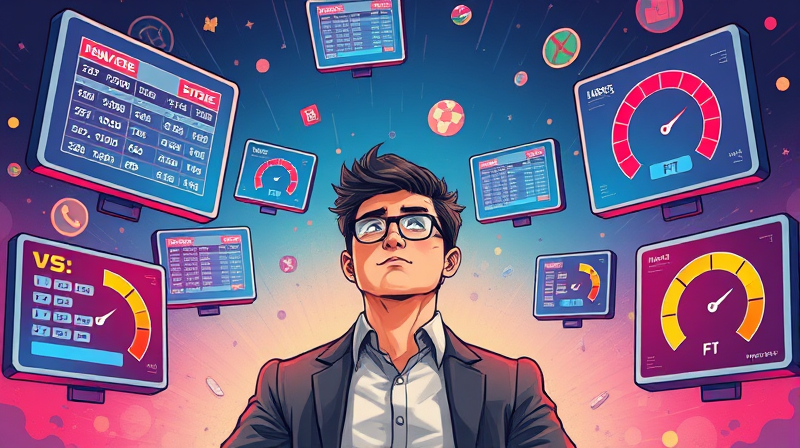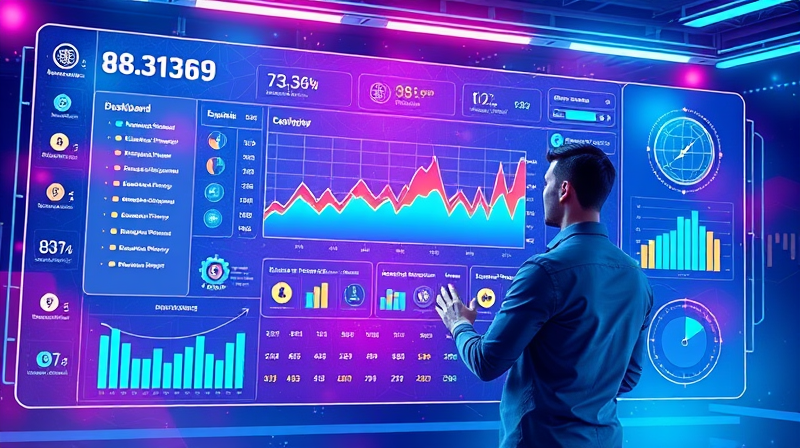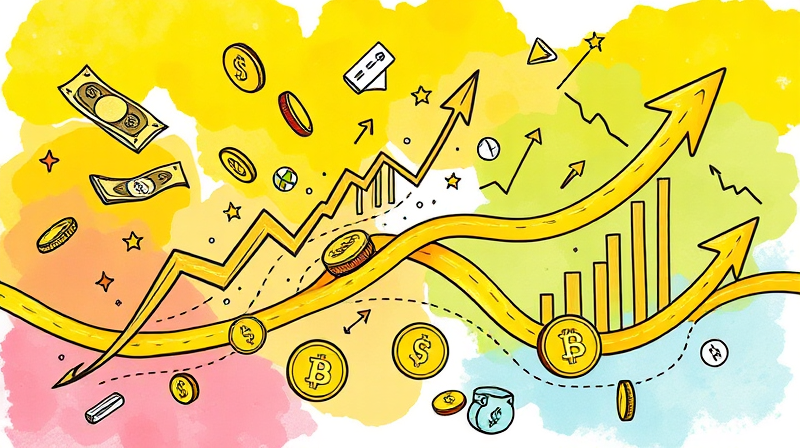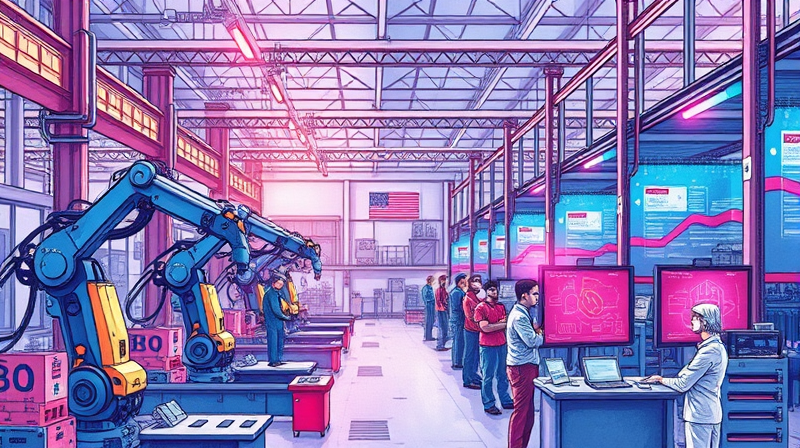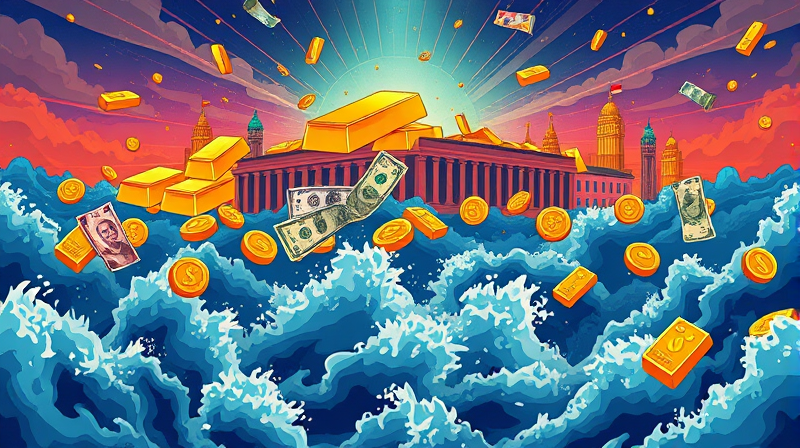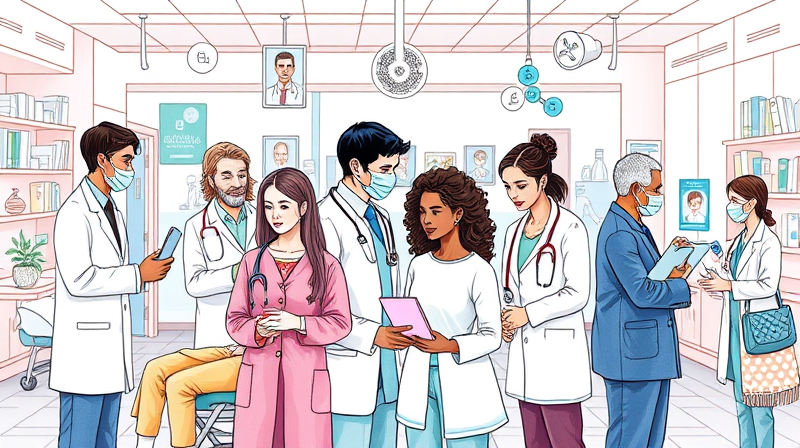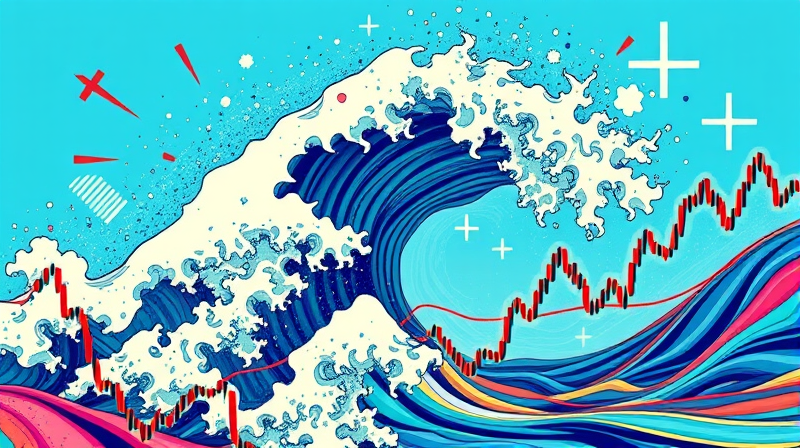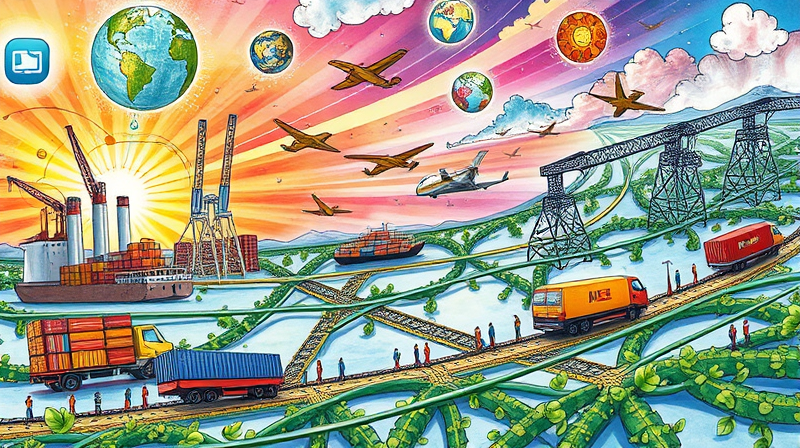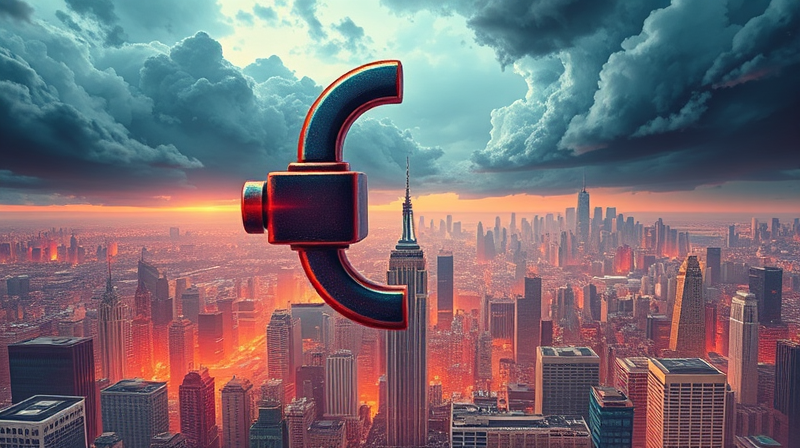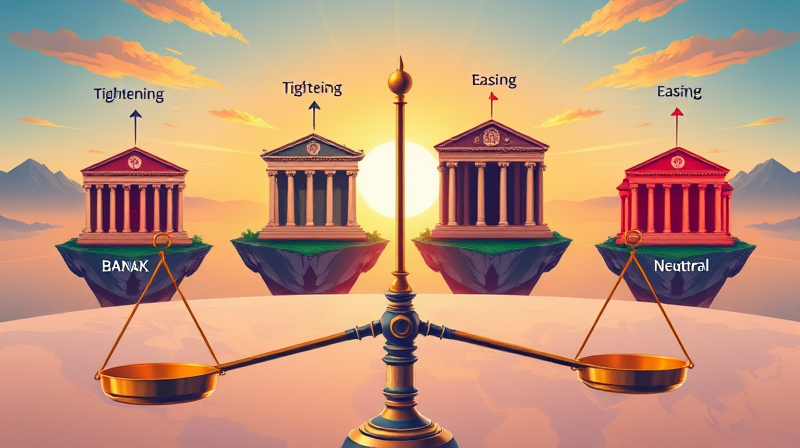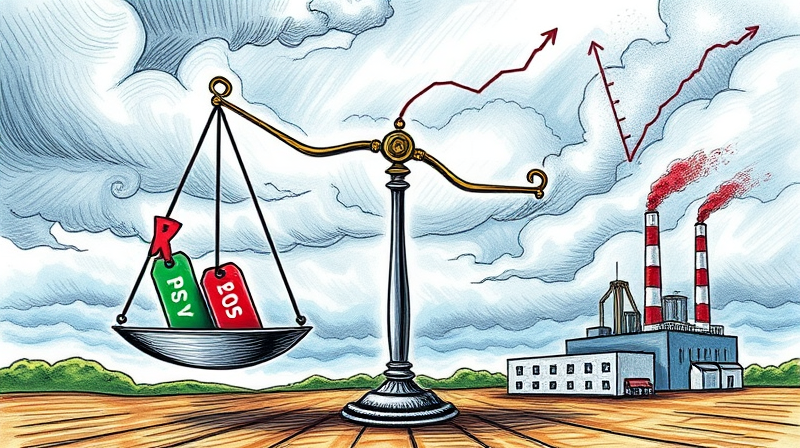
In early 2025, a familiar yet unwelcome economic specter has emerged. Experts warn that the risk of stagflation—a rare blend of stagnant growth and rising inflation—cannot be dismissed. This article explores the historic roots, current warning signs, and practical steps individuals, businesses, and policymakers can take to navigate this challenge.
Stagflation occurs when an economy faces three simultaneous problems: sluggish growth, rising prices, and increasing unemployment. The term gained notoriety during the 1970s oil shocks, when OPEC embargoes triggered simultaneous economic stagnation and inflation, upending conventional wisdom based on the Phillips Curve.
That era taught us how quickly supply shocks can derail progress. Prices soared while jobless rates climbed, leaving policymakers caught in a bind: efforts to cool inflation risked deepening unemployment, while attempts to spur growth threatened to fuel further price hikes.
History shows that once supply-driven price pressures take hold, they can become entrenched, leading to “sticky” inflation and eroding consumer confidence.
Recent data paints a sobering picture. After robust expansion in 2024, growth forecasts for 2025 have been cut sharply. At the same time, inflation remains persistent despite modest monthly fluctuations.
The combination of sub-two-percent expansion and inflation above the Federal Reserve’s long-term target creates an uncomfortable policy landscape.
Several forces converge to elevate stagflation worries in 2025. Trade barriers imposed in recent years act like sudden supply shocks, raising costs for businesses and consumers alike.
The interplay of these elements feeds into a cycle of higher costs, weaker demand, and corporate profit erosion.
Central bankers face stark choices. Cutting interest rates to stimulate growth risks unleashing further inflation. Conversely, raising rates to tame prices could throttle the fragile recovery.
This policy trade-offs that policymakers face dilemma is unprecedented in its intensity. The Fed’s dual mandate—to foster maximum employment and stable prices—has never been more difficult to reconcile.
Adding to the complexity is the flattening of the Phillips Curve, which suggests traditional relationships between unemployment and inflation may no longer hold, complicating forecasts and policy decisions.
Stagflation does not affect all participants equally. Companies with thin margins may slash workforces to protect profits, driving unemployment higher and further dampening demand.
Eroding real incomes and job security hit households hardest. Consumers find their dollars stretched as prices creep upward while wage gains lag. The result: reduced spending on discretionary items, squeezed budgets, and rising financial stress.
Investors, too, brace for volatility. Equities may struggle to deliver growth amid corporate profit pressures, while fixed-income returns suffer as inflation undermines real yields.
While the outlook is challenging, proactive measures can mitigate risks. Tailored strategies for different stakeholders include:
Scenario analysis highlights two broad paths: a soft landing where measured policy tweaks stabilize prices and growth, or a deeper slump if shocks persist and policy responses misfire. Staying agile and informed is crucial.
Ultimately, understanding the mechanics of stagflation and its modern drivers empowers all stakeholders to make better decisions. While uncertainty looms, foresight and adaptability can transform potential peril into opportunities for resilience and innovation.
References
